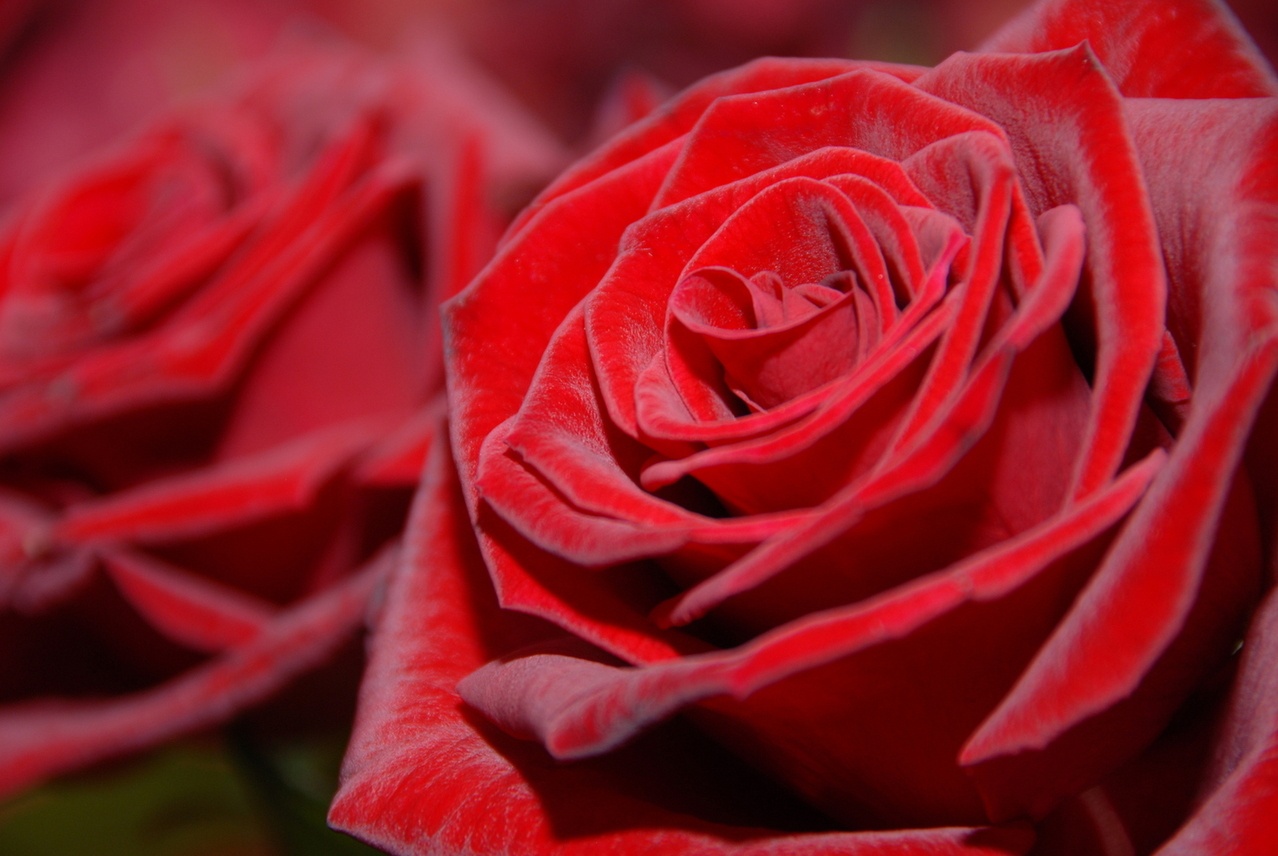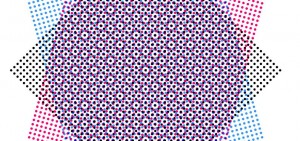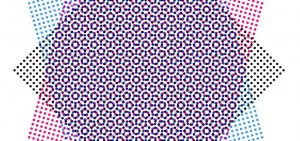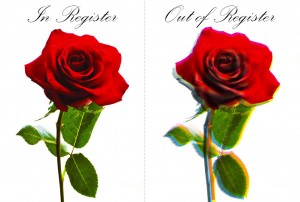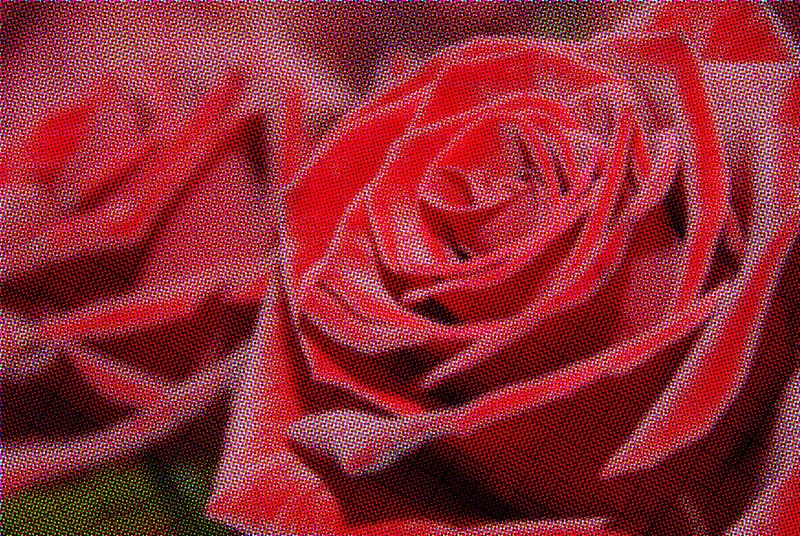
If you've ever looked very closely at something printed on an commercial offset press, you may have noticed that the images and colors you see on paper are not what they seem. The reds are not really reds, and the blues not blues. Instead they are combinations of dots that, when seen adjacent to one another in tight groupings, give the appearance of solid colors and images. This process is known as halftoning, and it is an essential technique for all modern printing.
The Moiré Effect
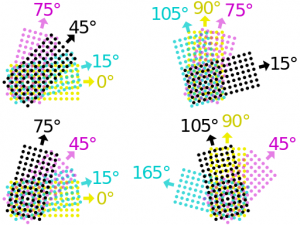 As seen on Wikipedia
As seen on Wikipedia
To create this illusion of continuous tones, two or more halftone grids of different color are overlapped in varying amounts of “coverage” to produce a wide array of apparent hues. This process has been used to produce color print jobs since the 1800's, but there is a downside: overlapping grids in this manner can create an unattractive artifact known as a Moiré Pattern. This effect is worst when halftone grids are aligned or slightly rotated, or out of register.
To counteract this effect, printers rotate their halftone grids at least 30° in relation to one another to minimize the distracting effects of the Moiré, and this can result in a somewhat more pleasant artifact known as a Rosette.
Rosette Pattern Explained
So what is a rosette pattern anyway? A Rosette pattern can be observed when viewing a printed piece with a loupe or magnifying glass, and from a certain perspective almost resembles a multicolored bouquet of roses. There are two common types of Rosette Patterns: Dot-Centered & Clear-Centered.
As the name implies, the “Dot-Centered” Rosette can be identified by the “dot” visible in the middle of the “rose” pattern. This type of Rosette tends to show a less visible pattern at the cost of a slight loss in Gamut and shadow detail. It is also more susceptible to color shifts due to misregistration. This pattern is typically used for lower quality jobs (100 lpi and lower).
The other kind is the “Open-Centered” Rosette, which are created by shifting one of the process colors one half row of dots from the other colors. Although this Rosette results in a slightly more visible pattern, it tends to preserve shadow detail and resist color shifting. This pattern is better suited for higher quality jobs (150 lpi and higher).
Delicate as a Rose
As you can see, printing is a delicate process — one that can easily be prone to disaster. With multiple grids at different angles creating delicate patterns and images, the slightest error can ruin a print job, which can result in undesirable expenses such as reprints and lost customers. Like a rose, it's beautiful to watch, and the smell of ink is sweet, but it's easy to get pricked by the thorn. So the next time you're looking at something that was printed offset, take a moment to appreciate the craftsmanship — and stop to smell the roses.
Want to learn more about the printing process? Or maybe you've heard enough, and you just want to print something already? Either way, we're here for you!

